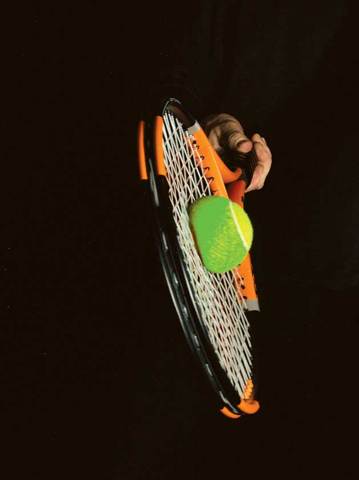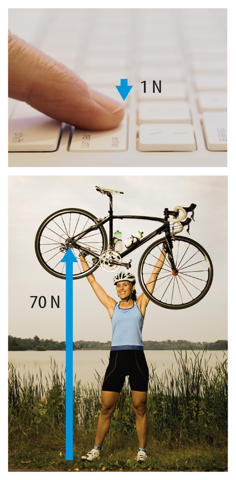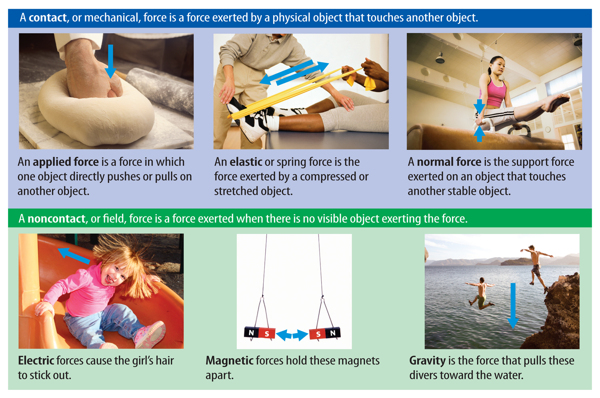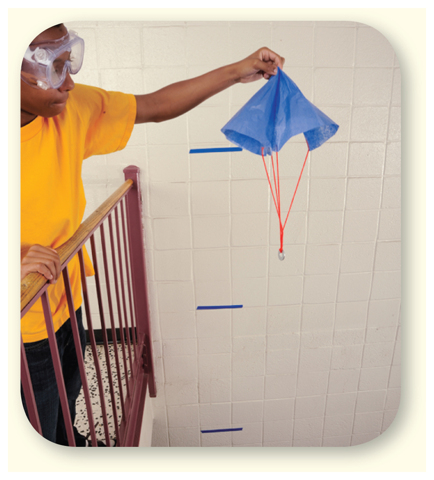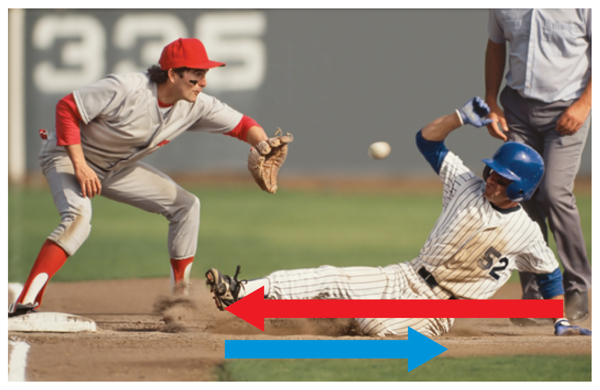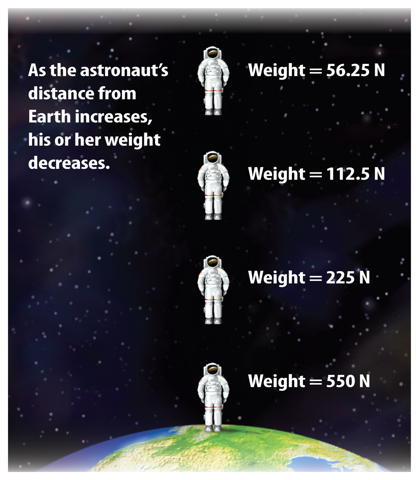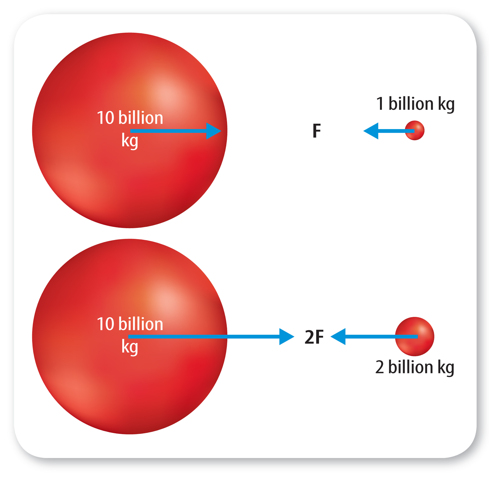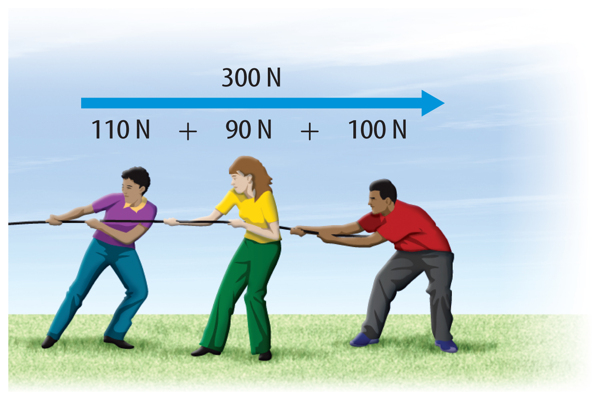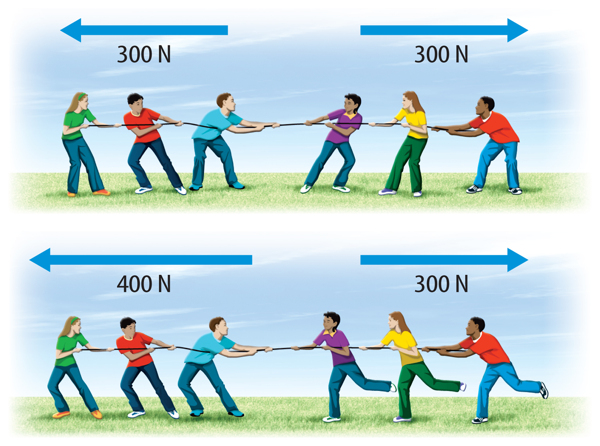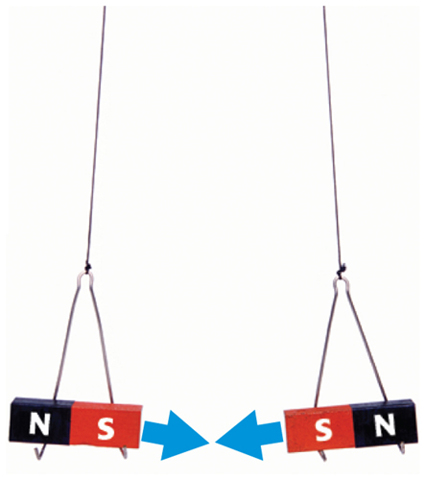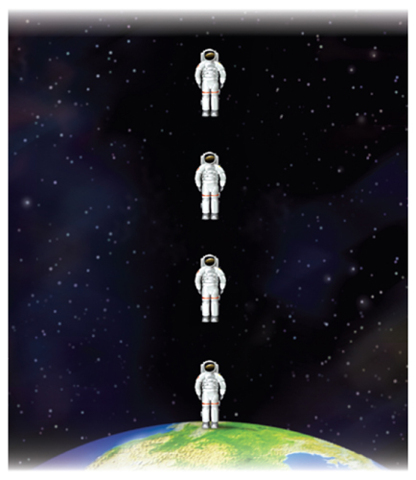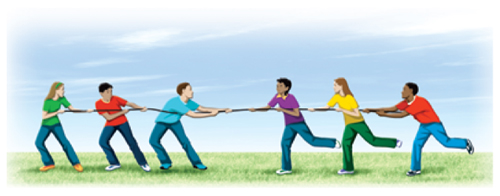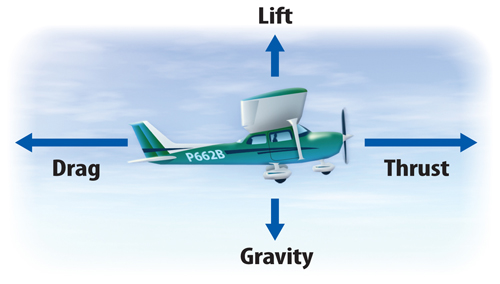Follow the links on the right side of the blog to review concepts we have studied.
Marsh students use the following links to play games and complete interactive to study for your 1st semester exam.
Links to Study
Links to Study
Virtual Lab Density Practice Virtual Lab 2 Density Density Practice
Plate Tectonics Interactive Virtual Lab Plate Tectonics Plate Tectonic Game
PLate Tectonic Game2
Layers of the Earth Layers of the Earth Game
Volcano Game Anatomy of an Earthquake Game Earthquakes
3 Types of Rocks Practice The Rock Cycle Interactive
Element and Compound Practice Compounds and Mixtures Interactive
Plate Tectonics Interactive Virtual Lab Plate Tectonics Plate Tectonic Game
PLate Tectonic Game2
Layers of the Earth Layers of the Earth Game
Volcano Game Anatomy of an Earthquake Game Earthquakes
3 Types of Rocks Practice The Rock Cycle Interactive
Element and Compound Practice Compounds and Mixtures Interactive
Energy Conversion Practice Energy Transformation Game
Balanced and Unbalanced Forces Newton's Laws Interactive
Balanced and Unbalanced Forces Newton's Laws Interactive







